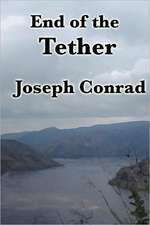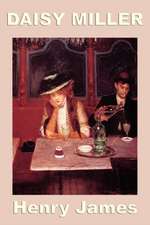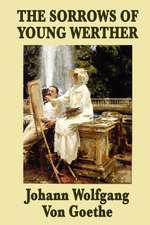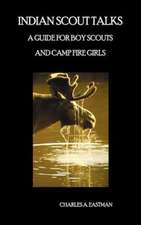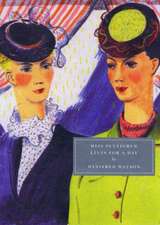The Soul of the Indian
Autor Charles A. Eastmanen Limba Engleză Paperback – 21 noi 2011
| Toate formatele și edițiile | Preț | Express |
|---|---|---|
| Paperback (4) | 44.03 lei 6-8 săpt. | |
| BISON BOOKS – 31 mar 1980 | 71.33 lei 3-5 săpt. | |
| BISON BOOKS – apr 2020 | 96.08 lei 3-5 săpt. | |
| Digireads.com – 5 feb 2020 | 44.03 lei 6-8 săpt. | |
| SMK Books – 21 noi 2011 | 52.49 lei 6-8 săpt. | |
| Hardback (2) | 168.20 lei 6-8 săpt. | |
| DIGITAL SCANNING INC – 31 iul 2001 | 168.20 lei 6-8 săpt. | |
| SMK Books – 3 apr 2018 | 171.05 lei 6-8 săpt. |
Preț: 52.49 lei
Nou
Puncte Express: 79
Preț estimativ în valută:
10.05€ • 10.47$ • 8.35£
10.05€ • 10.47$ • 8.35£
Carte tipărită la comandă
Livrare economică 21 martie-04 aprilie
Preluare comenzi: 021 569.72.76
Specificații
ISBN-13: 9781617204036
ISBN-10: 161720403X
Pagini: 46
Dimensiuni: 152 x 229 x 3 mm
Greutate: 0.08 kg
Editura: SMK Books
ISBN-10: 161720403X
Pagini: 46
Dimensiuni: 152 x 229 x 3 mm
Greutate: 0.08 kg
Editura: SMK Books
Notă biografică
Charles Alexander Eastman (Ohiyesa) (1858–1939) was a Dakota physician and writer. When as a young child his life was upended by the Dakota War of 1862, Eastman fled from the Dakota homelands in Minnesota to Canada under the protection of his grandmother and uncle. There he was schooled in indigenous lifeways until the age of fifteen, when his father took him back to his homestead in present-day South Dakota. Eastman received a bachelor of science degree from Dartmouth in 1887 and a medical degree from Boston University three years later. His first appointment as a physician was at the Pine Ridge Agency, where he cared for the Lakota victims of the Wounded Knee Massacre. In addition to two autobiographical works, Indian Boyhood (Nebraska, 1991) and From the Deep Woods to Civilization (Nebraska, 1977), Eastman wrote nine other books, some in collaboration with his wife, Elaine Goodale Eastman. Brenda J. Child (Red Lake Ojibwe) is Northrop Professor of American Studies at the University of Minnesota. She is the author of several books on Native American history, including Boarding School Seasons: American Indian Families, 1900–1940 (Nebraska, 2000).
Cuprins
Introduction by Brenda J. Child
Foreword
1. The Great Mystery
2. The Family Altar
3. Ceremonial and Symbolic Worship
4. Barbarism and the Moral Code
5. The Unwritten Scriptures
6. On the Border-Land of Spirits
Foreword
1. The Great Mystery
2. The Family Altar
3. Ceremonial and Symbolic Worship
4. Barbarism and the Moral Code
5. The Unwritten Scriptures
6. On the Border-Land of Spirits
Recenzii
"This volume has withstood the test of time. . . . Eastman provides insight on every page and much of his focus is on the religious practices and beliefs of the Native Americans."—Roundup
“Like his Dakota ancestors, Eastman was a thinker and a diplomat. He offered up this book and others as a warriors’ feast, even as he could have dissolved into rage and silence. Instead, he chose paper and pen. The Soul of the Indian concludes with a complex interpretation of Dakota and Ojibwe people, possibly more than Americans were prepared to understand at the time of its publication. Eastman wrote in a deceptively simple hand, with a subtle plea for justice for American Indians. He concludes with a beautiful story of goodwill and peace, the moral subtext of The Soul of the Indian. As Eastman exhorted his readers, American Indians held ‘a unique character among the peoples of the earth’ so that when Americans reflect on Indians, ‘let that remembrance be just.’ This was his warriors’ feast.”—from Brenda Child’s introduction
Descriere
Descriere de la o altă ediție sau format:
In The Soul of the Indian, first published in 1911, Charles A. Eastman’s aim was “to paint the religious life of the typical American Indian as it was before he knew the white man.” The new introduction by Brenda J. Child grounds this important book in contemporary studies.
In The Soul of the Indian, first published in 1911, Charles A. Eastman’s aim was “to paint the religious life of the typical American Indian as it was before he knew the white man.” The new introduction by Brenda J. Child grounds this important book in contemporary studies.
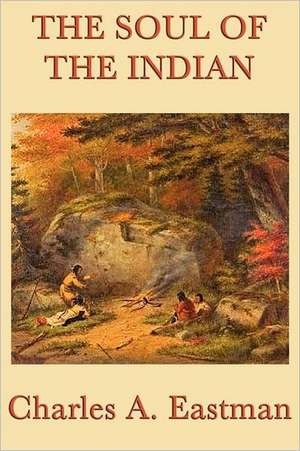






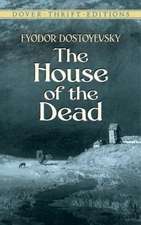

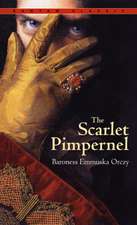






![Oliver Twist [With DVD]](https://i3.books-express.ro/bt/9781589977136/oliver-twist-with-dvd.jpg)
